Roses, with their captivating beauty and fragrant blooms, are a staple in many gardens. However, to maintain the health and vitality of your rose bushes, it’s crucial to pay attention to the leaves. Recognizing and addressing leaf issues promptly is key to ensuring your roses flourish. In this comprehensive guide, we’ll explore common problems that affect rose leaves and provide effective solutions to keep your garden blooming with vibrant roses.
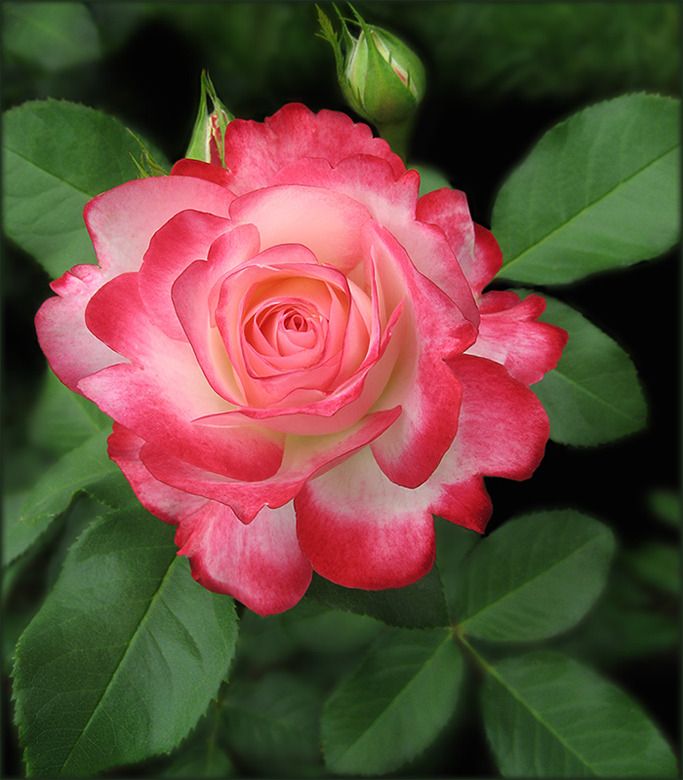

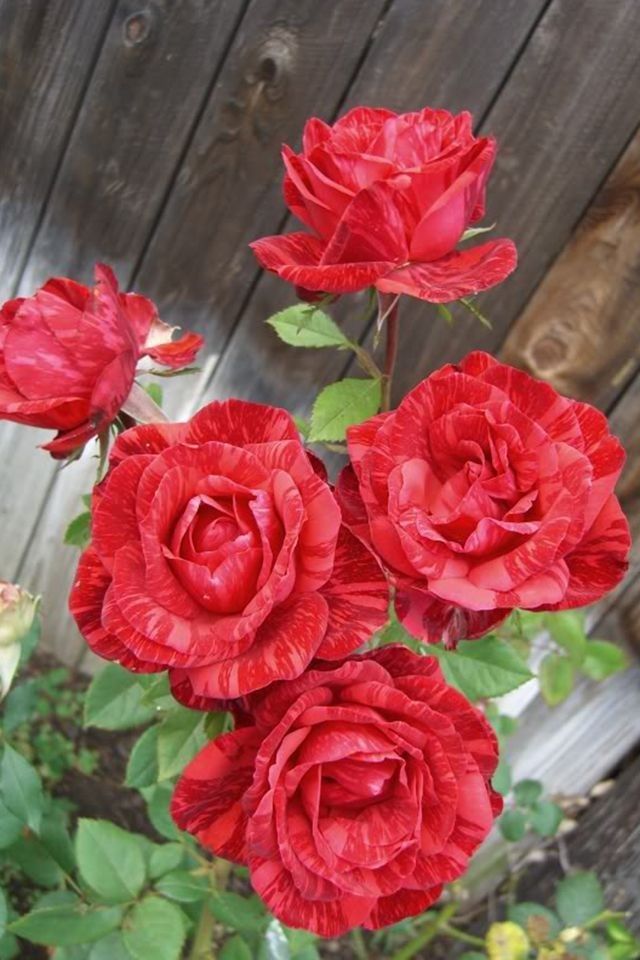
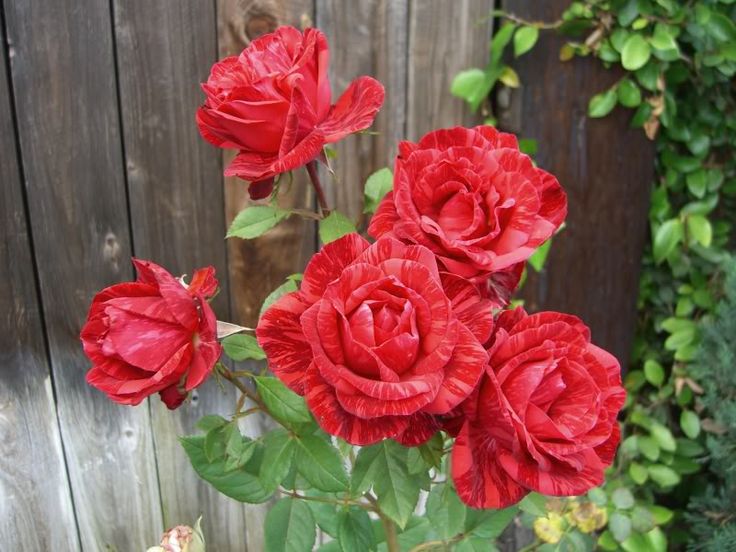
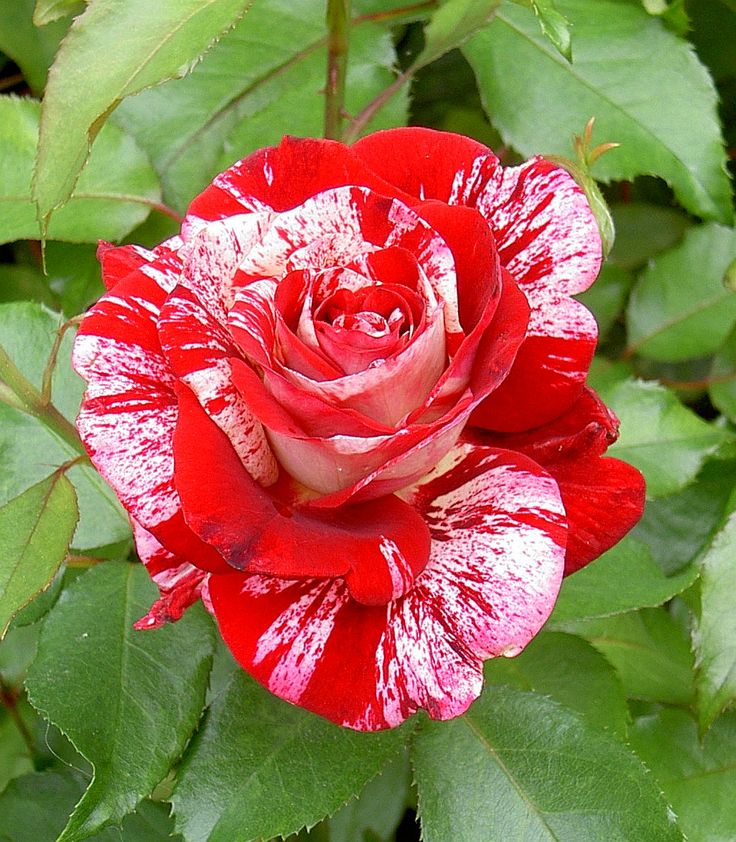
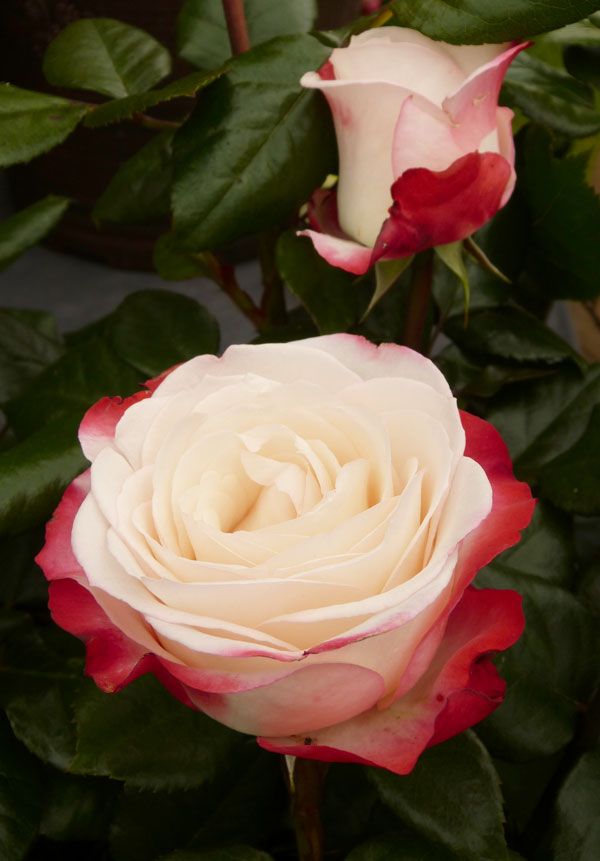
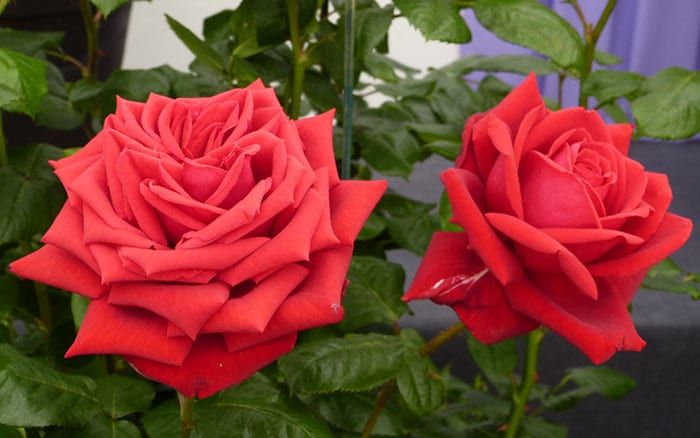
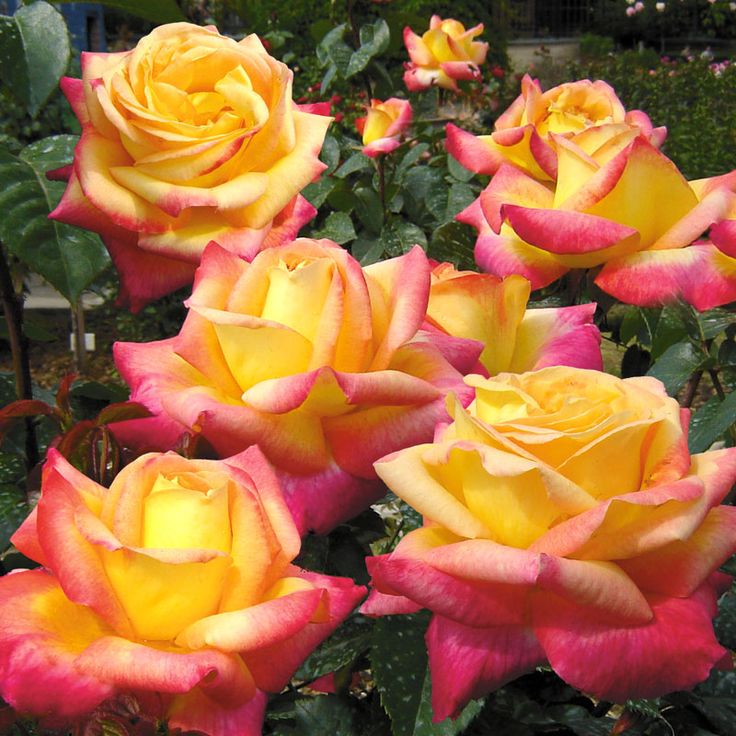
Common Leaf Issues in Roses
1. Black Spot Disease: A Foe to Foliage
Black spot is a common fungal disease that affects rose leaves, causing dark black spots with fringed edges. This unsightly issue not only diminishes the visual appeal of your roses but also weakens the plant over time. To combat black spot:
- Solution: Remove and destroy infected leaves promptly. Apply fungicides as a preventive measure and maintain proper spacing between plants for improved air circulation.
2. Powdery Mildew: The Silent Invader
Powdery mildew manifests as a white powdery substance on rose leaves, hindering photosynthesis and overall plant health. Recognizing the signs early is crucial for effective management.
- Solution: Prune affected areas, providing better air circulation. Apply fungicidal sprays and choose mildew-resistant rose varieties.
3. Rust: An Orange Intruder
Rust appears as orange or rusty-brown spots on the undersides of rose leaves, leading to defoliation if left untreated. Early detection is essential to prevent its spread.
- Solution: Remove and dispose of infected leaves. Apply fungicides, and consider planting rust-resistant rose varieties.
4. Aphids: Tiny Pests, Big Problems
Aphids are common pests that can distort and discolor rose leaves while secreting honeydew, attracting other pests. Keeping an eye out for these tiny invaders is crucial.
- Solution: Introduce natural predators like ladybugs, use insecticidal soaps, or spray a mixture of water and neem oil. Regularly inspect the undersides of leaves.
5. Leaf-Cutting Bees: Nature’s Pruners
While not harmful to the overall health of the rose, leaf-cutting bees can create neat, semicircular incisions on rose leaves. Understanding their harmless nature helps in addressing this issue appropriately.
- Solution: Allow these pollinators to coexist peacefully. Consider it a natural pruning process that doesn’t significantly harm the plant.
Maintaining Healthy Roses
1. Proper Watering Practices
Maintain a consistent watering schedule to keep the soil evenly moist. Avoid overhead watering to minimize fungal issues, focusing on the base of the plant.
2. Adequate Sunlight
Ensure your roses receive sufficient sunlight, as this promotes strong growth and helps prevent fungal diseases. Aim for at least six hours of direct sunlight daily.
3. Well-Drained Soil
Plant roses in well-drained soil to prevent waterlogged conditions that can lead to root rot and other issues. Amend soil with organic matter for improved drainage.
4. Regular Pruning
Prune your roses regularly to remove dead or diseased wood. This not only enhances the plant’s appearance but also improves air circulation.
5. Fertilize Wisely
Provide balanced fertilizer to your roses during the growing season. Avoid excessive nitrogen, as it can encourage rapid foliage growth, making the plant more susceptible to diseases.
Conclusion
By understanding and promptly addressing leaf issues in roses, you can ensure the longevity and beauty of your garden. Regular monitoring, proper care practices, and early intervention are the keys to maintaining healthy rose bushes. With the right attention and care, your roses will thrive, gracing your garden with their timeless elegance.
FAQs
- Can I use homemade remedies to control black spot on rose leaves?
- Yes, a mixture of baking soda and water or neem oil can be effective in controlling and preventing black spot.
- Are there rose varieties that are naturally resistant to powdery mildew?
- Yes, choosing mildew-resistant rose varieties, such as “Carefree Beauty” or “Sunny Knock Out,” can help prevent powdery mildew.
- How do I differentiate between beneficial insects and harmful pests on my roses?
- Beneficial insects like ladybugs or lacewings help control pests, while harmful pests, like aphids, can deform and discolor rose leaves. Regular inspection will help you distinguish between them.
- Is it necessary to remove and destroy all infected leaves?
- Yes, removing and disposing of infected leaves is essential to prevent the spread of diseases and maintain overall plant health.
- What is the best time to prune roses for optimal health?
- Prune roses during late winter or early spring before new growth begins for optimal health and vigor.